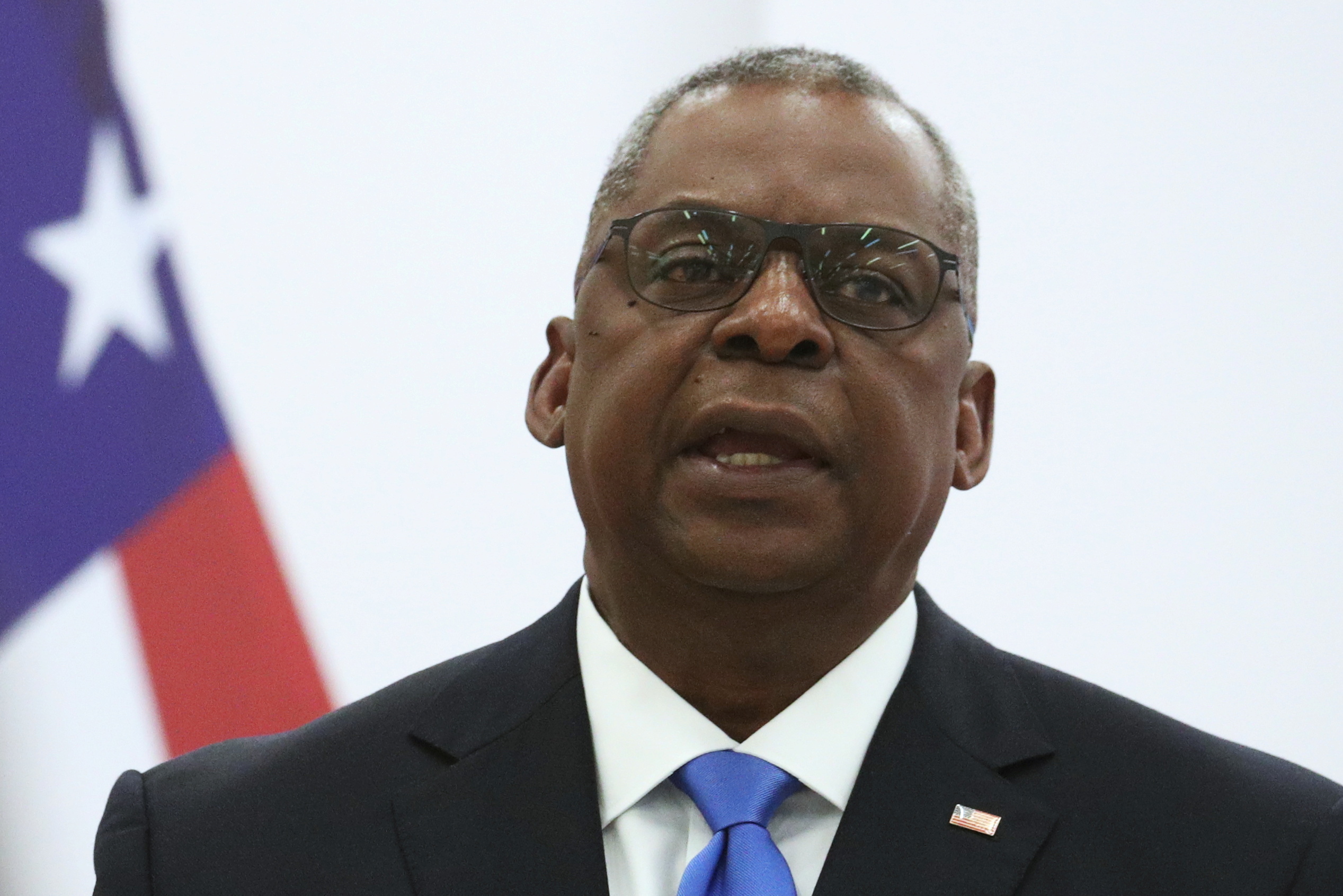
Willie R. Tubbs, FISM News
[elfsight_social_share_buttons id=”1″]
Secretary of Defense Lloyd Austin unveiled new rules his department will use to mitigate foreign and domestic extremism in the U.S. military, including new restrictions on members’ social media activity.
In a series of three documents released Monday – a letter from Austin, an official DOD instruction, and a corresponding “Report on Countering Extremist Activity Within the Department of Defense” – Austin defined what constituted extremist activity.
“We believe only a very few violate this oath by participating in extremist activities,” Austin said in his letter and the report, “but even the actions of a few can have an outsized impact on unit cohesion, morale and readiness – and the physical harm some of these activities can engender can undermine the safety of our people. We owe the men and women of the Department of Defense an environment free of extremist activities, and we owe our country a military that reflects the founding values of our democracy.”
The most notable rule to emerge was one that defines participation as “posting, liking, sharing, re-tweeting, or otherwise distributing content” about extremist groups or activities “when such action is taken with the intent to promote or otherwise endorse extremist activities”.
This rule does not meaningfully change the reality of military members’ online existence – they have long faced scrutiny and sanction for what they post while under contract – but creates a specific protocol to hold service members accountable.
Members of Congress requested the report following the events of Jan. 6, when numerous former military members participated in the storming of the Capitol. While it is widely believed that a number of current military members were present, just one of the 80 people charged by the Justice Department was on active duty.
While the rules were created in response to Jan. 6, they also serve to stymie Islamic extremism, communist extremism, and various other foreign extremist ideologies.
Austin wrote all rules would “help clarify our expectations about upholding [our] oath and will help us better understand and address the corrosive effects of extremist activities.”
The report offers a six-point definition of extremist activity:
- advocating or participating in violence to deprive others of their Constitutional rights
- advocating or participating in violence to achieve political, religious, ideological, or discriminatory ends
- advocating or participating in terrorism
- advocating, engaging in, or attempting to overthrow the government
- advocating or encouraging military contractors or civilian employees to break the laws of the United States
- advocating “widespread” discrimination based on race, religion, sex, sexual orientation, or national origin
Participation is defined over a lengthy, 14-point description, but largely falls along predictable lines.
In addition to actions on social media, a person would be deemed to have violated their oath if he or she encourages, threatens, or actively seeks to use violence in an extremist activity; recruits or trains others to participate; divulges state secrets or shares information that endangers DOD employees; or attends protests or rallies in support of extremist groups.
Additionally, participation includes fundraising for or accepting support from extremist groups and distributing literature on or off base on behalf or in support of an extremist group.
Although it is not frequently discussed, the U.S. military is not immune to activism. In the late 1960s and early 1970s, soldiers at bases across the nation began participating in anti-Vietnam War protests. Some went so far as to produce underground, anti-military newspapers.
